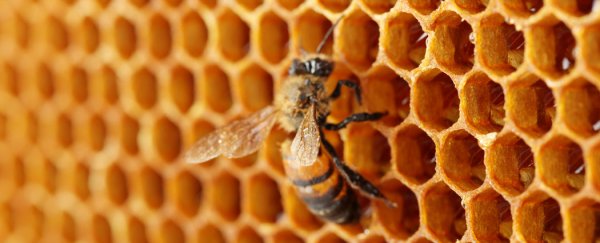The world's first 'highway for bees' is being planned in Oslo, Norway to provide a safe and sustainable transport environment for the city's bee population, many species of which are now endangered.
The brainchild of bee-focused environmental group ByBi, the bee highway is a collaborative community project that invites local schools, businesses, public organisations, and Oslo residents to get involved with installing bee-friendly feeding stations, shelters and pit-stops throughout the city's urban environment.
The highway is intended to link up established green zones in the city via the public's contributions, which could take the form of green roofs, flower beds and plant corridors - essentially, any natural infrastructure that may help provide a more hospitable environment than stark bricks and mortar for Oslo's resident pollinators. A web site has been set up so participants can log in and provide details about what and where they plan to contribute.
"We are constantly reshaping our environment to meet our needs, forgetting that other species also live in it," Agnes Lyche Melvaer, head of the ByBi, told Pierre-Henry Deshayes at AFP. "To correct that we need to return places to them to live and feed."
As far as urban development projects go, the bee highway might come across as a little twee, but there's a very serious undercurrent to the initiative: it's said that as much as one third of Norway's 200 wild bee species are endangered, and with so much human food production requiring pollination, it's clearly in everybody's best interests to pitch in to help our little worker bee pals out.
You might even get a buzz out of the results.
"If you have a little balcony, and you have a little place to plant, you can plant flowers and you will see the pollinators come and eat from your little restaurant," Melvaer said. "We have to start seeing the landscape through the eyes of the pollinators."
